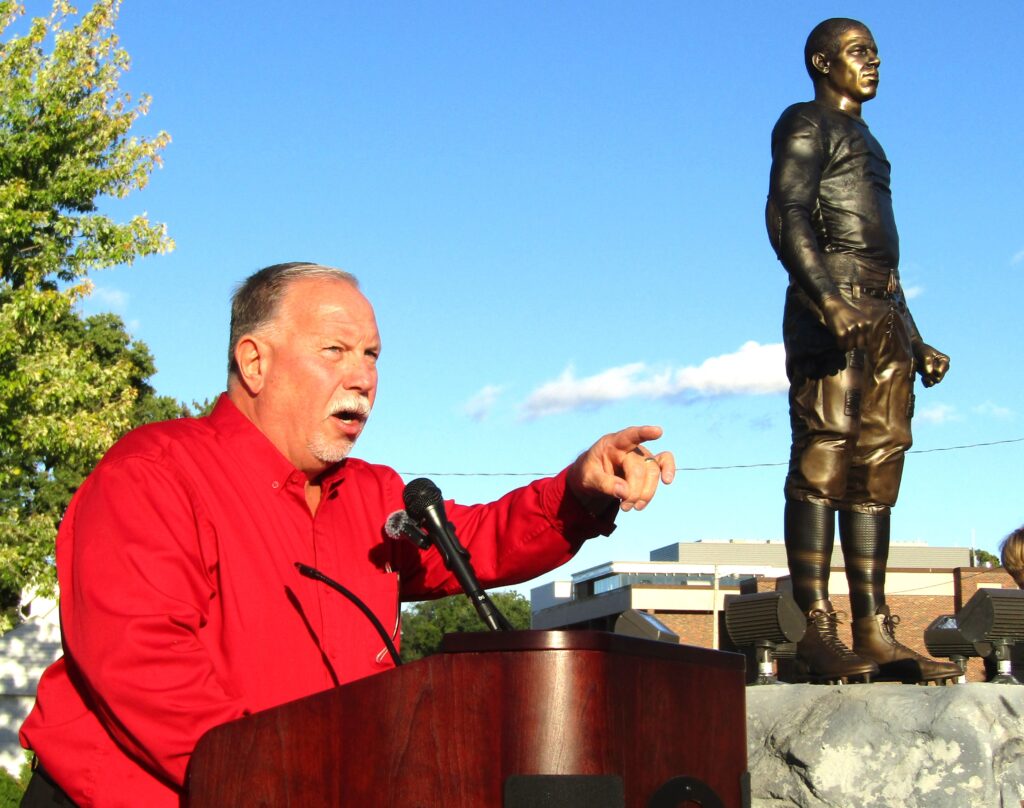5 Employee Benefits Trends to Watch in 2026
Business Perspectives

Ted Tornow, chairman of the Duke Slater Memorial Committee, welcomes people to the dedication ceremony of the Duke Slater Memorial Statue Friday, Sept. 6, in Clinton, Iowa. CREDIT DAVE THOMPSON
CLINTON, Iowa – Frederick “Duke” Slater has returned to the city he called home. He is back in the city he loved and the place that helped turn him into a trailblazer in sports and the legal profession.
At least, a life-sized bronze statue of Mr. Slater now stands next to Clinton High School as a way to honor…

Get immediate, unlimited access to all subscriber content and much more.
Learn more in our subscriber FAQ.
Do you want to read and share this article without a paywall?
